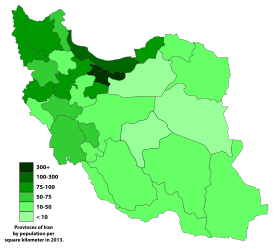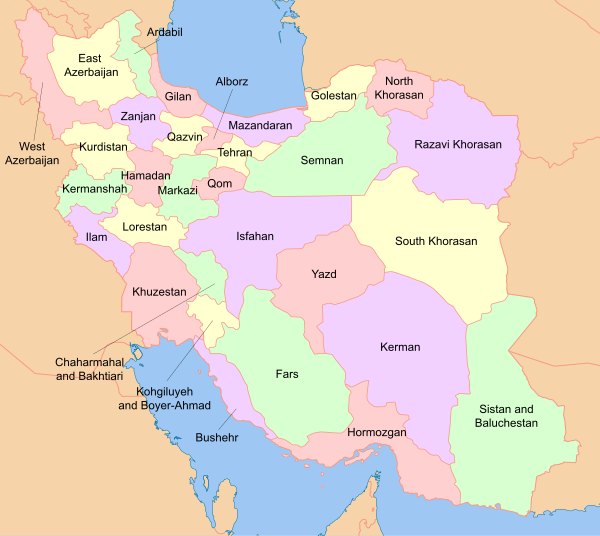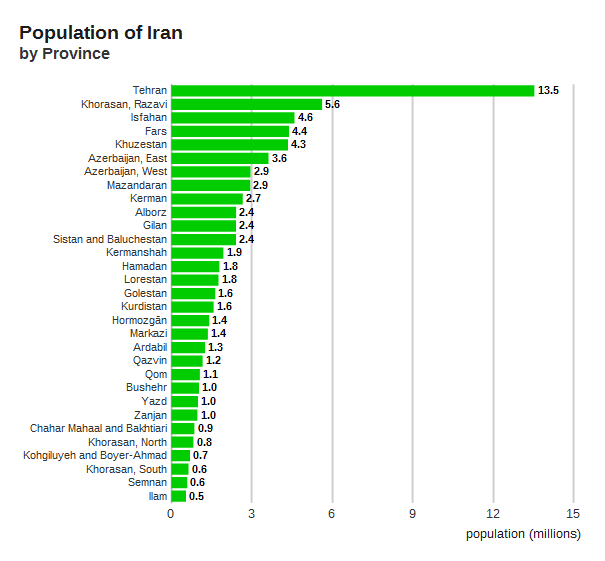Provinces of Iran
The provincial authority is headed by a governor-general (Persian: استاندار ostândâr), who is appointed by the Minister of the Interior subject to approval of the cabinet.
Prior to 1937, Iran had maintained its feudal administrative divisional structure, dating back to the time the modern state was centralized by the Safavid dynasty in the 16th century.
[1] Any change in the boundaries of eyalats, velayats, or their respective sub-districts was banned as per the Iranian constitution, except with the passage of a new law by the assembly.
As per the 1907 law, the following were defined:[1] ماده ۲ ــ ایالت قسمتی از مملکت است که دارای حکومت مرکزی و ولایات حاکمنشین جزء است و فعلاً منحصر به چهار ایالت است: آذربایجان، کرمان و بلوچستان، فارس، خراسان Article 2 – Eyalat is a part of the kingdom which includes a central government and subordinate governor-ruled Velayats and at the moment there only are four Eyalat: Azerbaijan, Kerman and Baluchistan, Fars, Khurasan.
[4] During Safavid Iran, Bahrain was subordinate to Bushehr governorship and Zubarah (located in modern-day country of Qatar) was its capital city.
The Tadhkirat Al-Muluk, a work made circa 1725 (1137) which details the Safavid administration mentions that Iran had four territories governed by Valis: (Arabistan, Luristan, Georgia and Kurdistan).



Legend:




